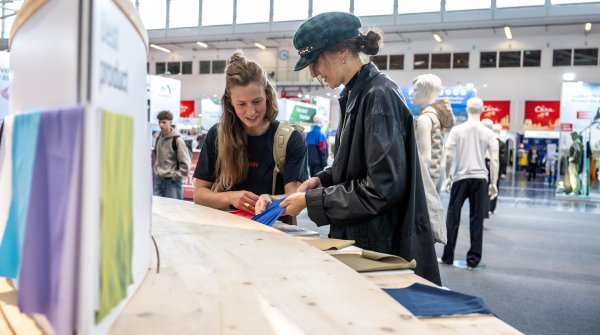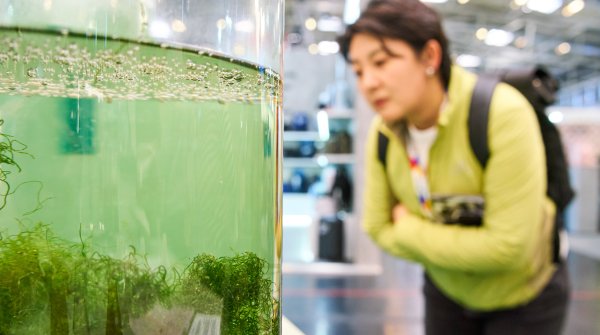
It takes until about the age of 15 before the human body develops full protection against harmful UV rays. But even then, this UV protection is only effective for a limited period of time – depending on your skin type, this could be just a few minutes – when exposed to direct sunlight outdoors.
With outdoors sports and activities on the increase, a wide range of UV protecting textiles are available on the market. These range from permanent UV protection through the yarn and fabric construction through to finishings. The damage long periods of time in the sun can be preventable by UV protective clothing combined with sunscreen and UV protection.
According to the Hohenstein Institute, an accredited test laboratory and research institute that focuses on the testing and certification of textiles, dermatologists recommend that you wear clothes covering your body as sun protection. Long trousers, a long-sleeved shirt and headgear with as wide a brim as possible are all useful, while children should wear neck protection as well.
The color and design of clothing is important too. Dark colors provide a higher level of protection than light colors. In general, denser material provides better protection against UV rays. Synthetic fibers therefore have a higher UV protection factor than products made from natural fibers.
Additionally, you should apply sun cream with as high a UV protection factor as possible to any uncovered body areas. You should also use a sunshade for extra protection for yourself and particularly for small children. Make use of the combination of clothing, sunshade and sun cream.

As the ongoing trend for lighter weight function to enhance the wearer’s performance, textile developments in the textile sector don’t always have the opportunity in delivering dense and dark offerings. This is where the UV protection is engineered into the textile from the yarn and construction or through a padded finish. As with many functions, UV-protection within textiles is impossible to determine by eye. But how do you know a product is actually UV protective?
Silke Heidt, head of UV protection testing at Hohenstein advises that the best way is to choose textiles that guarantee a high level of UV protection. Check whether a textile has been awarded a UPF (Ultra Violet Protection Factor), and which level was awarded. This helps you to see to what extent a textile offers protection from sunlight.
UV-protective textiles provide extremely effective protection from UV rays. Depending on the basis, they can provide a protection factor (UPF) of up to 80, which would allow you to spend the whole day outside without any problems.
“When determining a reliable UPF for the consumer, the special challenges facing sunscreen textiles during use must be taken into account. That is why we recommend that you wear modern UV textiles, tested to the UV STANDARD 801, to ensure your safety when out in the sun,” explained Heidt.
Textiles have been tested using the UV STANDARD 801 for 20 years. This provides effective prevention, as the textiles are also tested when wet, stretched and used – under realistic conditions – as part of the UV STANDARD 801 test procedure. "This helps us to guarantee that you can enjoy the sun to the fullest, without having to worry," she said.
- ISPO awards
- Mountain sports
- Bike
- Design
- Retail
- Fitness
- Health
- ISPO Job Market
- ISPO Munich
- ISPO Shanghai
- Running
- Brands
- Sustainability
- Olympia
- OutDoor
- Promotion
- Sports Business
- ISPO Textrends
- Triathlon
- Water sports
- Winter sports
- eSports
- SportsTech
- OutDoor by ISPO
- Heroes
- Transformation
- Sport Fashion
- Urban Culture
- Challenges of a CEO
- Trade fairs
- Sports
- Find the Balance
- Product reviews
- Newsletter Exclusive Area
- Magazine







